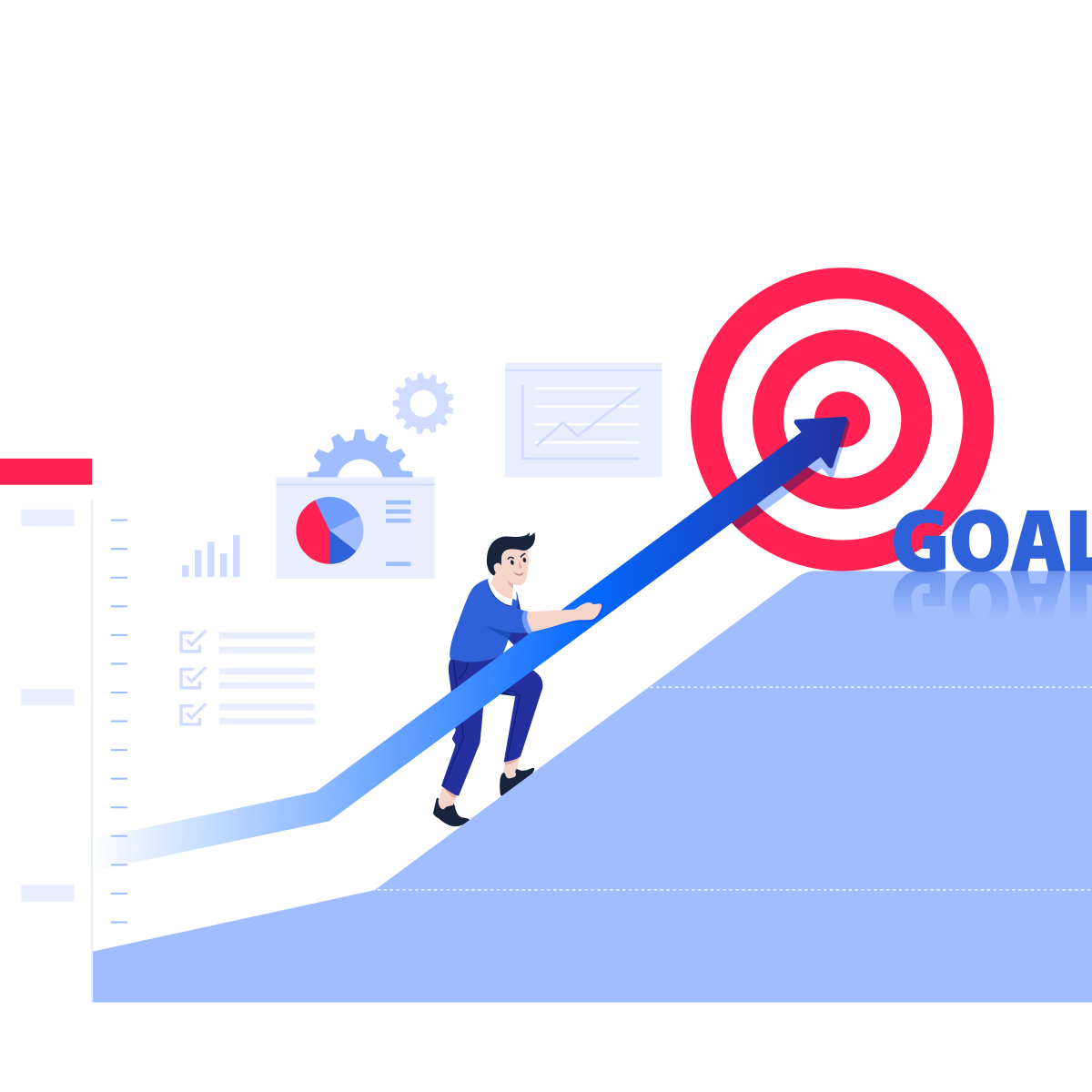Frameworks
Vabro - AI-Driven OKR Execution
Vabro treats OKRs as a core capability, not an add-on. Teams can set Objectives, define Key Results, and break them down into actionable tasks directly inside the platform. Every task, project, and sprint can be linked to OKRs, ensuring measurable alignment between day-to-day work and strategic business goals.
The game-changer is Vabro Genie AI, which helps teams auto-generate OKRs from strategy documents, suggest measurable key results, and continuously track progress. It also provides real-time analytics to show whether objectives are on track, at risk, or need adjustment. With built-in collaboration tools, dashboards, and reminders, Vabro makes OKRs living and dynamic, rather than static reports.
Tailored for teams of all sizes.

Jira is strong in Agile project execution but doesn’t natively support OKRs. Organizations often rely on third-party apps from the Atlassian Marketplace to track OKRs, which adds extra cost and complexity. Linking goals to tasks is possible but feels disconnected, as Jira focuses primarily on issues and sprints. Without heavy customization, goal alignment remains fragmented.
Monday.com offers templates for OKR tracking and allows teams to build dashboards that monitor objectives. However, OKRs are handled like custom projects, not as a deeply integrated system. While its visual boards make it easy to track progress at a glance, Monday lacks native AI-driven insights or automation for continuous OKR improvement. Scaling OKRs across multiple teams requires extra setup.
ClickUp provides flexibility with Goals and Targets, which can mimic OKRs. Users can create objectives, track progress with tasks, and visualize performance. However, OKRs in ClickUp are loosely structured—requiring manual input and configuration. While ClickUp promotes itself as “all-in-one,” its OKR features are not as mature, often leading to inconsistency across teams.
Many other tools offer OKR templates or spreadsheets within their systems, but they lack deep integration with tasks and team workflows. Without automation or alignment features, OKRs often end up being tracked in silos—separate from real execution.
Why Vabro is the Best for OKRs
Integrated OKR Framework
OKRs are natively built into projects, sprints, and tasks.
AI Support
Automatically suggests, monitors, and optimizes OKRs in real time.
Strategic Alignment
Every piece of work is connected to measurable business outcomes.
Collaboration Inside the Tool
Teams discuss, adjust, and track OKRs without leaving the platform.
No Add-Ons Needed
Unlike Jira or others, everything is included in one plan.
Ease + Scale
Works for startups, SMBs, and large enterprises alike.
Workflow Management Tools : Why Vabro.ai Leads the Pack
with Vabro standing out with perfect 5-star ratings across all categories:
| OKR Aspect |  Vabro.ai Vabro.ai |
 Jira Jira |
 Monday.com Monday.com |
 ClickUp ClickUp |
 Others Others |
|---|---|---|---|---|---|
| Objective Setting |
    
AI assists in drafting clear, measurable objectives aligned with company vision.
|
 
No native OKR framework; requires plugins.
|
  
Supports goals but lacks structured OKR depth.
|
 
Possible through customization but not native.
|

Rarely supports structured objectives.
|
| Key Results Tracking |
    
AI tracks progress automatically, updating key results in real‑time from task data.
|
 
Limited tracking, mostly manual updates.
|
  
Key results can be monitored but not AI‑driven.
|
 
Requires workarounds or integrations.
|

Very limited tracking capabilities.
|
| Alignment Across Teams |
    
OKRs cascade seamlessly across departments with AI suggestions for alignment.
|
 
Weak alignment features, siloed per project.
|
  
Allows team‑level goals but limited cross‑team linkage.
|
 
Alignment possible but not automatic.
|

No structured alignment support.
|
| Progress Visualization |
    
Dynamic dashboards with predictive analytics and AI‑driven performance insights.
|
 
Basic charts, not predictive.
|
  
Offers dashboards but lacks depth.
|
 
Some visualization but no intelligent insights.
|

Little to no visualization.
|
| Review & Feedback |
    
AI generates automated OKR progress reports and improvement suggestions.
|
 
Manual reporting required.
|
  
Reviews possible but fully manual.
|
 
Needs extra setup for reviews.
|

Weak or missing feedback loops.
|
| Scalability of OKRs |
    
AI adapts OKRs effortlessly from small teams to enterprise‑level organizations.
|
 
Difficult to scale across departments.
|
  
Works for small to mid teams, struggles at scale.
|
 
Limited scalability for large orgs.
|

Not scalable.
|
| Overall OKR Implementation |
    
Complete, AI‑powered OKR framework ensuring alignment, tracking, and insights.
|
 
Minimal OKR features, mostly add‑on dependent.
|
  
Basic goal management, lacks true OKR depth.
|
 
Customization required, not native.
|

Fragmented and incomplete.
|